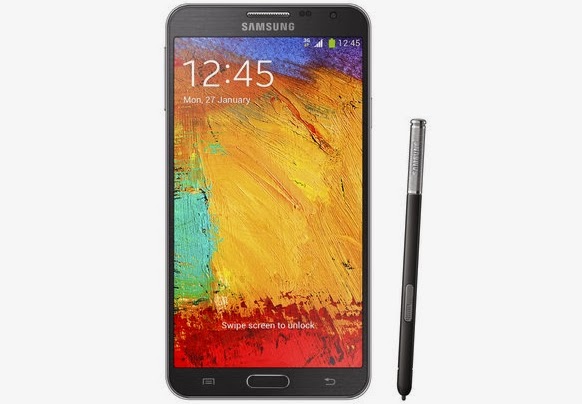An ultrasonic intra-body communication network for bionic implants
As Knows, Radio waves are poorly suited for water-based environments such as the ocean, or even the body, so there is a requirement of relatively large amount of energy for RF signal propagation in water because it is efficiently absorbed across a wide frequency range. For implants, batteries would be quickly depleted and significant heat would be generated at the site of the radio transmitter.
The conduction of majority of groundwork will be there for simulations of the propagation of ultrasound inside various tissues.Although doctors routinely use ultrasound for diagnostics, the energy is typically delivered from outside the body. When internal emitters are required to image things like the heart, the transducer can isolate inside a probe in the esophagus, or inside a catheter tip in the vasculature. Here, the surrounding blood can, in theory, help to dissipate any heat. Once the safety details for ultrasonic communication are worked out, the challenge of designing network protocols that are ideally suited to the particulars of a sonic environment can be addressed.
It would be more convenient if each device added to the body could just be assigned an IP address and be assimilated into the local ethernet. While we may eventually get to that point, the first devices may more likely use much simpler protocols. For example, if an implanted insulin pump needs to poll glucose levels from sensors in a just few problem areas, like maybe an ailing retina, one-way communication would probably suffice.
For practical purposes, there really is only one channel i.e. low frequency. For implants, the lower end will probably need to bottom out well above 20 kHz or so, while really high frequencies probably won’t get too far. (Below 20 kHz you are beginning to interfere with the auditory system. While not directly audible at that frequency, outer hair cells in the cochlea readily generate oscillations up to and even above 20kHz to fine-tune hearing.) The solution that many birds — and other creatures — use is to rapidly sweep across the frequency range in a short “chirped” pulse. While these chirps are great for sonar-style searches, they also seem to be ideal in many circumstances for communications, and to impart recognisability to emitters and receivers.
There will also many initial solutions to the problems arising in ultrasonic communications. Piezo-based emitters that can also act as receivers, or even power transducers, may be one technology ripe for exploration. Other unforeseen technologies may soon follow.




